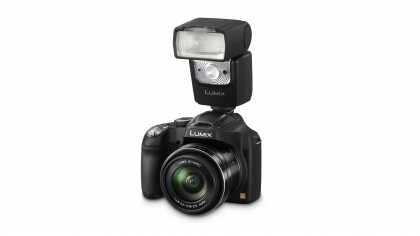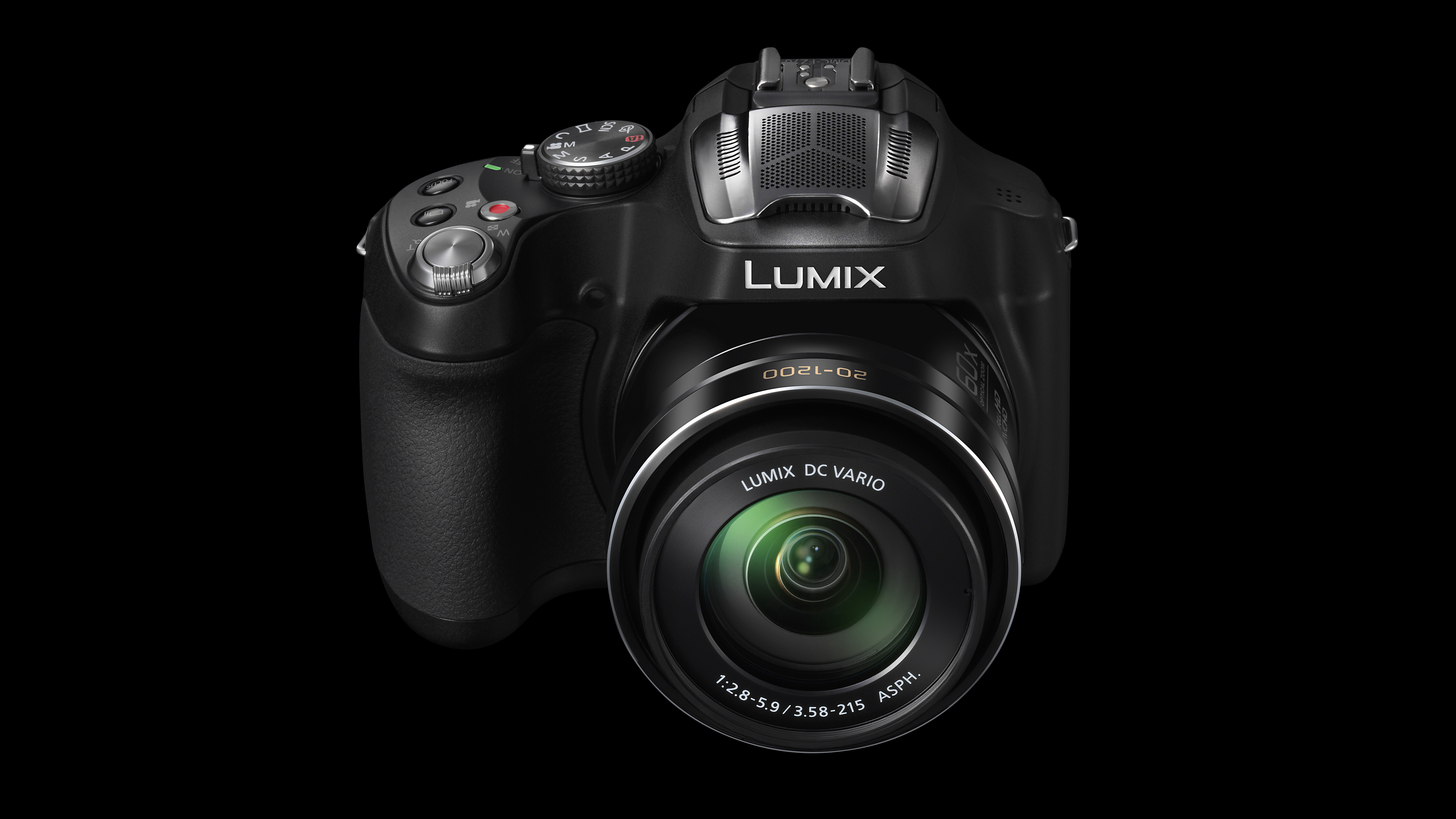Why you can trust TechRadar
We've come to expect great things from Panasonic of late, especially from their interchangeable lens G series range. We've also been impressed by their Lumix compact cameras such as the TZ40 and FZ200.
Fortunately, the FZ72 carries on that tradition, producing excellent images in a range of different conditions. Colours are bright and punchy without displaying too much saturation, though you can choose to boost saturation if you want to emphasise bold colours.
The FZ72's 16.1 million pixel sensor is capable of producing very detailed images, while there's very little evidence of fringing or chromatic aberration even when shooting fairly high contrast subjects.

There is some evidence of image smoothing, even at lower sensitivities, when examining images at 100%, but it's not noticeable at normal printing and web sizes, such as A4 and below.
Of course, the stand out feature of the FZ72 is its zoom range, which makes it especially important that it performs well in this area. It's great to have a wide angle of 20mm, putting it above the likes of the Sony WX300 and Canon SX50 IS, which both offer 24mm at the maximum wide point. It doesn't sound like much, but it can help to get more of the scene in and will likely be appreciated by landscape and perhaps even architectural photographers.
Optical image stabilisation does an excellent job of helping to produce blur free images even at the telephoto end of the huge 60x zoom range. If you do need extra reach, the FZ72 also offers Intelligent Resolution, a type of digital zoom. This is also a good option, and despite the fact that some detail is lost when examining at 100%, it's one of the better digital zooms we've seen and useful to have when you need it. It's worth noting that you won't be able to shoot digital zoom when photographing in raw format, meaning you'll have to turn that off first – a little annoying if you're quickly trying to capture a moment.
Focus speed
Focusing is generally pretty quick, and usually accurate. It's a shame you can't set the autofocus point yourself, but using the 23-point system is generally accurate, so you may not miss it too much. Macro focusing is available via a dedicated button and allows you to get very close to the subject – so close in fact that the lens can be almost touching the subject - to produce detailed macros. In low light, focusing can take a little longer, especially in low contrast environments.
General-purpose metering does a decent job of producing correct exposures, even when shooting high contrast scenes which may otherwise throw off the metering sensor. In daylight conditons, automatic white balance does a good job of producing accurate colours, but it does err heavily towards warm tones when shooting under artificial lighting, meaning switching to a more appropriate white balance is preferable.
Processing speeds are generally quick, although when shooting in very low light, the camera can take a while to process high sensitivity shots – sometimes up to three or four seconds, which isn't particularly conducive to shooting fast moving action. In good light, processing is much quicker though.
Speaking of low light, when shooting at high sensitivities, such as ISO 3200, there is evidence of image noise and loss of detail when examining at 100%, but if sharing online or printing at less than A4, images look good, and certainly better than not capturing the moment at all.
The screen on the back of the camera does fairly well, even in reasonably bright conditions, though of course it would have been nice to see an articulating or tilting device. The EVF isn't too bad, as far as EVFs go – it's certainly a lot better than the device found on the Canon SX50 HS. However, it's still quite a small device and some may struggle with it, or only really use it in very bright conditions.
Amy has been writing about cameras, photography and associated tech since 2009. Amy was once part of the photography testing team for Future Publishing working across TechRadar, Digital Camera, PhotoPlus, N Photo and Photography Week. For her photography, she has won awards and has been exhibited. She often partakes in unusual projects - including one intense year where she used a different camera every single day. Amy is currently the Features Editor at Amateur Photographer magazine, and in her increasingly little spare time works across a number of high-profile publications including Wired, Stuff, Digital Camera World, Expert Reviews, and just a little off-tangent, PetsRadar.

